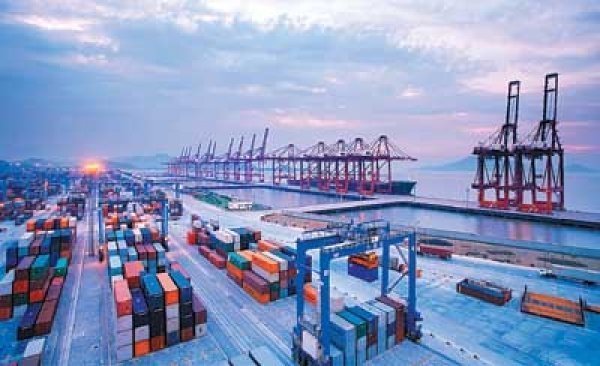

The port of Ningbo-Zhoushan in China, the world’s largest port in terms of cargo throughput, has announced three initiatives it has undertaken with three European ports — Hamburg and Wilhelmshaven in Germany, and Valencia in Spain — to create. green shipping corridors.
The ports involved will work with shipping lines, cargo owners, energy providers, research institutions and other stakeholders to promote zero-carbon technology, clean fuels and smart management systems on designated routes.
Key actions include constructing and utilising shore power infrastructure, optimising freight distribution networks, adopting renewable energy solutions and scaling up clean fuel bunkering, with the goal of creating corridors with net-zero carbon emissions from starting port to terminal port.
As of 2024, there were 62 green shipping corridor initiatives worldwide, marking a 40% increase from the previous year.These corridors are specific maritime routes where public and private stakeholders collaborate to facilitate zero-emission shipping. While many initiatives are still in the planning or pilot stages, some are advancing toward real-world implementation. Notably, six corridors have progressed from exploration to preparation phases, with feasibility studies, implementation roadmaps, and cost assessments underway.
However, the expansion of these corridors faces challenges, particularly the feasibility wall—the financial and logistical hurdles associated with transitioning to zero-emission fuels. The lack of national policy incentives to bridge the cost gap is now identified as the primary bottleneck, potentially limiting further development of green corridor initiatives.
The post World’s largest port launches three European green corridor projects appeared first on Energy News Beat.
